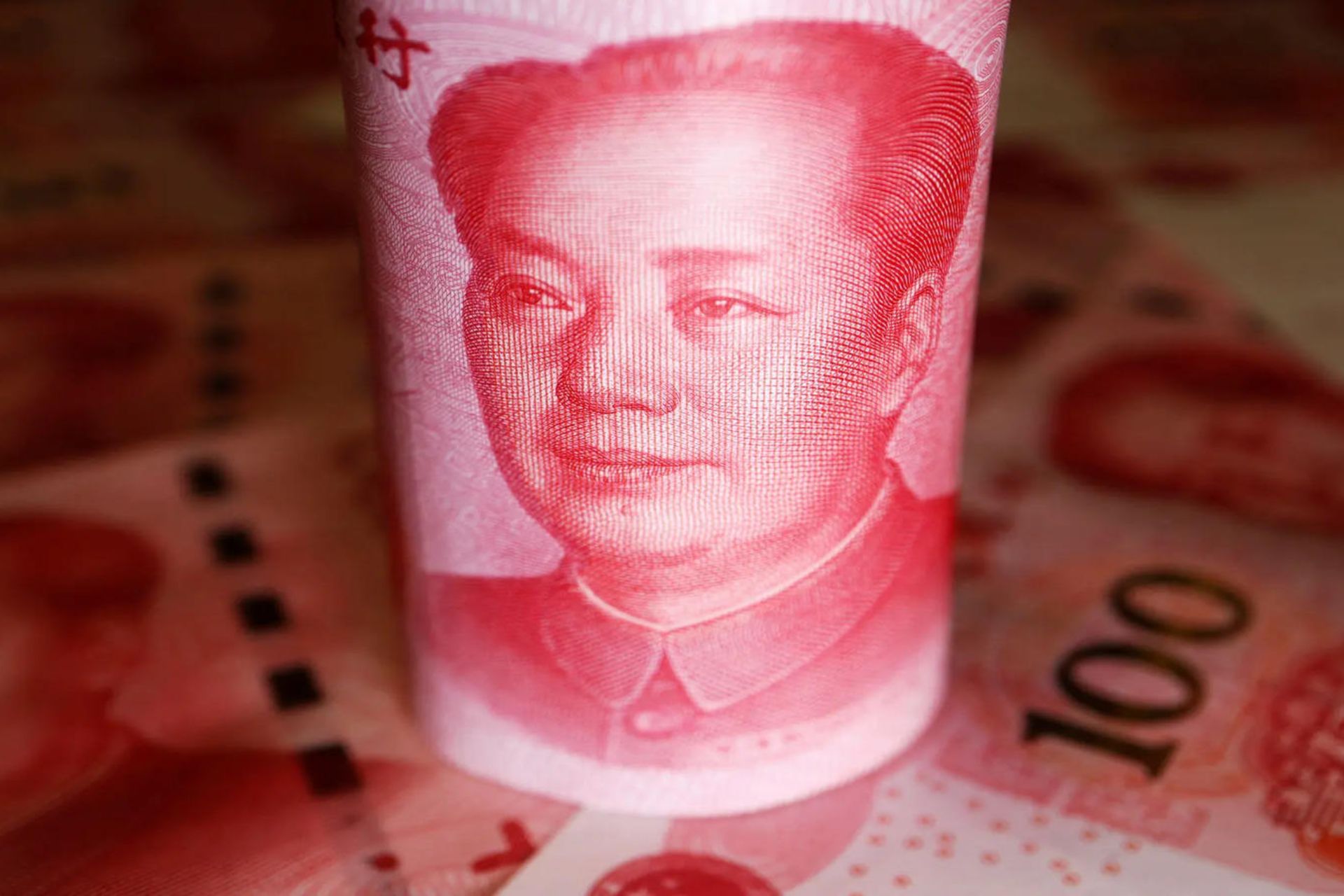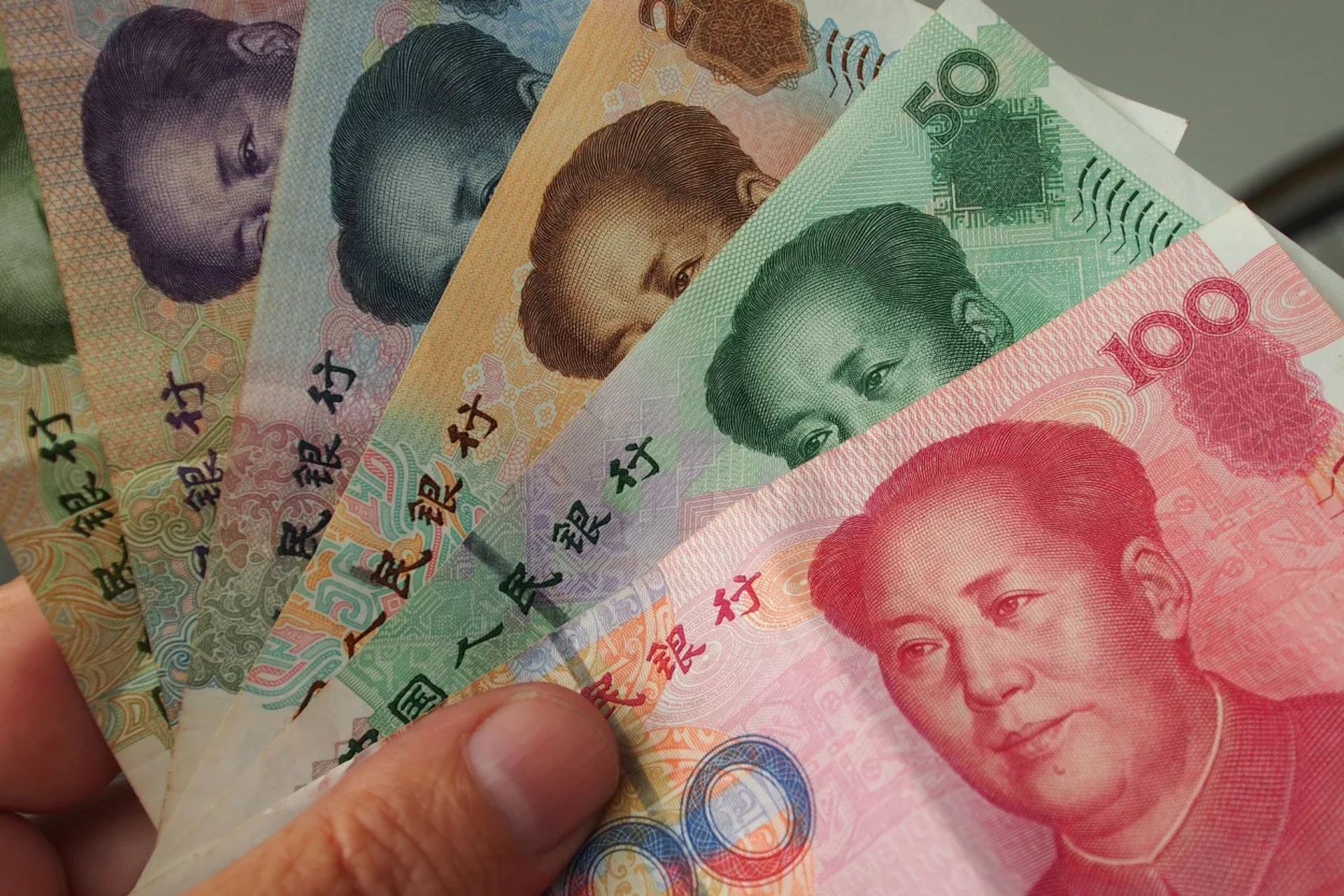
The Resurgence of the Chinese Yuan: A New Era of Strength against the Dollar
Image Name: Yuan Vs Dollar
Image Credit: Pinterest
The Chinese yuan showed its highest value against the U.S. dollar after May 2013. Investors and analysts have thus created much commotion regarding this question. Major financial news outlets, such as CNBC, are highlighting such a change because it follows with this strategic stimulus of People’s Bank of China. The currency movement has the effect of international trade flows, investment flow, and thus on the whole economic circle.
The State of Yuan Now
By September 25, 2024, the yuan had risen to about 6.85 against the dollar; and that alone caught many market participants’ attention as it represented a notable appreciation. A mix of positive sentiment toward China’s economic recovery, along with proactive interventions by the PBOC to stabilize the currency and promote growth, forms the basis for this latest currency strength. Analysts note that stimulus measures taken by the PBOC in terms of cuts in the reserve requirements of banks coupled with specific lending programs have infused badly needed liquidity into the economy to shore up its currency. Indeed, this strategy has been crucial as China continues to grapple with slow domestic demand and uncertainty abroad.
Several factors characterize the resurgence of the yuan. Among these, the stimulus measures taken by the PBOC are more crucial. Since it introduced a series of monetary policies meant to boost economic growth, the PBOC has been able to create a more favorable environment for the yuan. A decrease in reserve requirements facilitates banks to lend out more to businesses and consumers and boosts economic activity, improving the overall liquidity in the market.
Economic Recovery Indications
China’s latest statements on the country’s economy show an important recovery, especially in the manufacturing and exporting industries. As global demand for Chinese exports keeps climbing, this trend remains a strong factor pushing the yuan upwards. Investor psychology has also taken a positive turn as many investors remain bullish and look to emerging markets, including China, as they search for better returns. As investor focus continues to shift upwards in developed markets, for example in the U.S., this has ensured that there will be continued demand for the yuan as interest rates in developed markets are still relatively high. In a period of geopolitical tensions, the stability of the yuan presents a good safe haven for investors, and as such its behavior will be an important leading indicator in the determination of the economy’s stability and growth prospects in China.
Implications for Global Markets
The new strength that the yuan brings is highly important for global markets. It may bring changes in the dynamics of trade due to the yuan strengthening, and therefore, change the nature of relationships of trade, especially between those countries whose economies are primarily dependent on Chinese products. When the yuan appreciates, Chinese exports may become costlier, whereas imports become cheaper. This change might force the nations to rethink their trading strategies and, based on that, adjust their economic policies.
Additionally, the yuan appreciation may lead to enhanced capital inflow to China. Therefore, the financial markets of this country will become better. This also makes foreign investors likely to be interested in assets quoted in terms of the yuan, leading to a more powerful financial sector. The appreciation of the yuan would, however, add competitive pressure to other currencies. For instance, its trading partners might have to change monetary policies for countries to stay at par in global markets.
Another intriguing implication of a strengthening yuan is that it might even influence inflation. For instance, with an increase in the strength of its currency, the price of imported commodities may be reduced, thereby easing inflationary effects on China. It could then provide PBOC with quite a bit of elbow room for monetary policy in terms of growth versus controlling inflationary pressures. Strength and inflation are crucially important balanceable factors for economic stability within any country.

Image Name: Chinese Yuan Strength
Image Credit: IndiaTimes
Australian Dollar Background
In fact, recent news has reported that the country is experiencing huge shocks even in the Australian dollar. Already on September 24, 2024, the Aussie dollar reached a 2024 high against the U.S. dollar. This has basically resulted from sentiments exhibited within the market concerning the policies initiated by the Reserve Bank of Australia or RBA. Since the RBA has to maintain its interest rates since it continues fine-tuning them both for economic growth and an effort to check inflation, market players are watching out for it in this direction.
One of the most interesting relationships would be between the strength of the yuan and the Australian dollar’s performance. Australia has extensive economic relations with China, so fluctuations in yuan value will have a gigantic impact upon the Australian economy. This will be in commodity prices and trade dynamics. The interdependency established shows that currency movements within one country will be felt across the economic system, influencing many markets and financial instruments.
Outlook Moving Forward
The future path for the yuan is far from crystal clear and fraught with risk. The world economy still harbors quite a few unidentified risks, from the evolving global geopolitical tensions to the lingering aftermath of COVID-19 pandemic impact on U.S. monetary policy. Thus, the PBOC will have its work cut out in sustaining momentum in the yuan, as even a whiff of economic deceleration or policy mistake might jeopardize all these fresh gains in the currency.
The investment fraternity throughout this process would, therefore, keenly be interested in seeing how the PBOC would navigate its path through the give-and-take balance between the pursuit of growth and stability for its currency. All parties interested in these changes will be keenly waiting to see the trajectory of the yuan as this central bank continues to aggressively adopt targeted policies. Such dynamics, though taking place today, will have far-reaching impacts not only on China but will also ring across international markets with stiff implications for investments and trade relationships.
Conclusion
A change in the evolution process for the Chinese yuan price against the U.S. dollar marks a significant point. Here, with strategic interventions by the PBOC, the positive signal coming from the economy and a sign of more powerful forces within the Chinese economy, the strength of the yuan hints towards the possibility of a more robust economy of China; but the going is tough, and market players need to watch out as they operate under an increasingly dynamic environment. This portends not good news for China alone. News of the yuan might interest everybody else participating in world trade, capital inflow, and economic activities, as it seems to boil down each country’s economies, spinning everything that has happened up to this point into a heavy-trending circus and amplifying only corporate interests that have been promoted for so long.
